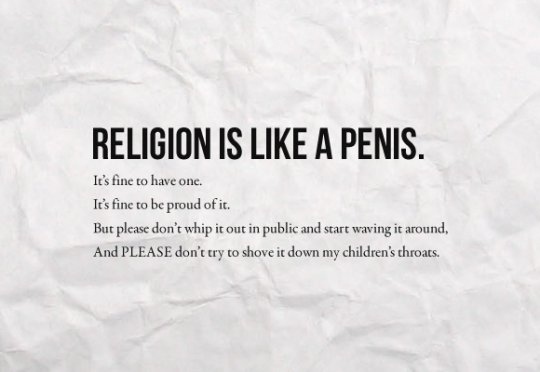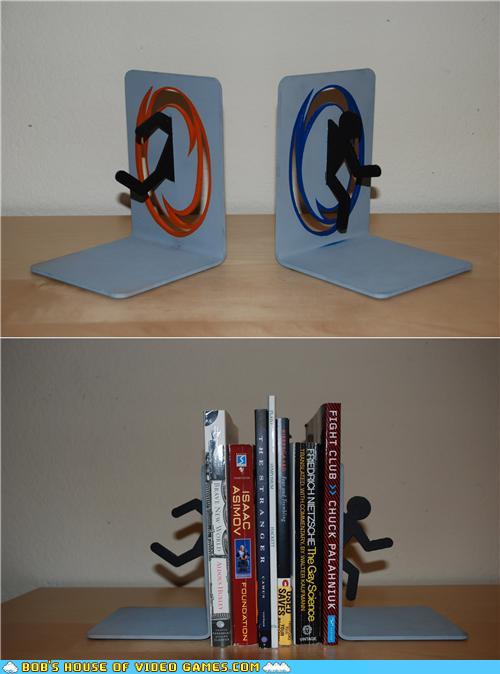Dream Theater has released a short press release on their website:
To all of our loyal fans and friends: It is with profound sadness — regret — we announce that Mike Portnoy, our lifelong drummer and friend, has decided to leave Dream Theater. Mike’s stature in the band has meant the world to all of us professionally, musically, and personally over the years. There is no dispute: Mike has been a major force within this band.
While it is true that Mike is choosing to pursue other ventures and challenges, we can assure you that Dream Theater will continue to move forward with the same intensity — and in the same musical tradition — that you have all helped make so successful, and which is truly gratifying to us.
Fans and friends: File this episode under “Black Clouds and Silver Linings.” As planned, we begin recording our newest album in January 2011, and we’ll follow that with a full-on world tour. “The Spirit Carries On.”
All of us in Dream Theater wholeheartedly wish Mike the best on his musical journey. We have had a long and meaningful career together. It is our true hope that he finds all he is looking for, and that he achieves the happiness he deserves. He will be missed.
Also, Mike himself posted this tweet:
This is a sad, sad day….I’m afraid I have some bad news…. MP/DT Sept 1985 – Sept 2010
And then this note on his Facebook page, which is thankfully accessible to non-Facebook users (otherwise I wouldn’t be able to read it):
I BEG of the fans to please NOT hold A7X responsible for MY decision…they are just as shocked as you guys..I had been contemplating this and desiring a “break” (not split) as long ago as last year…everything else is fully explained in the press release…thank you all for your support and understanding…this is the hardest thing I’ve ever done… : (
This is bad news, but I already knew this would happen soon. See, all Dream Theater’s members have been involved in side projects all along. It’s just the way they are: they are great musicians, and they can’t stand still. James, just to give an example, released several solo albums (“Mullmuzzler” 1 and 2), and participated in True Symphonic Rockestra and in Ayreon‘s “The Human Equation.”
However, Mike lately had not only released an album with Avenged Sevenfold (A7X) and toured with them (John Petrucci did the same with the G3 project, after all), but just by following his tweets you could easily tell that A7X had become “his” band. On September 5th, he tweeted: “Its 3:30am and I am getting tattooed by Grant Cobb on a moving A7X tour bus after losing a bet to Dan The Body…this aint DT!!”
Don’t get me wrong, I’m not judging. It’s just that Dream Theater is, if I am allowed to say so, “purer” than any other progrock band out there. Alright, alright, that’s the hardcore fan in me talking, right. But surely everybody would agree that Dream Theater is more like Marillion on steroids than cousins of Metallica, right? All the other members of Dream Theater have “grown up and calmed down,” in a way, whereas Mike seems to be, well, the wildest of the bunch, even though he recovered from his alcohol and drug addiction.
His path with Alcoholics Anonymous has indeed been put into music by Dream Theater over the course of five albums, since 2002, in what is called the “Twelve-Step Suite”:
- The Glass Prison, from Six Degrees of Inner Turbulence (I – Reflection; II – Restoration; III – Revelation)
- This Dying Soul, from Train of Tought (IV – Reflections of Reality; V – Release)
- The Root of All Evil, from Octavarium (VI – Ready; VII – Remove)
- Repentance, from Systematic Chaos (VIII – Regret; IX – Restitution)
- The Shattered Fortress, from Black Clouds & Silver Linings (X – Restraint; XI – Receive; XII – Responsible)
All these songs’ lyrics carry a dedication to “Bill W. and all of his friends.” Why all the parts’ names begin with the letter R is currently unknown; however, knowing Mike’s passion for nuggets, it’s not a coincidence.
Still, some people in 2002 feared that Dream Theater’s career would end with the completion of the Twelve-Step Suite. These fears were mostly quenched when they signed with RoadRunner Records in 2005, and many think that Octavarium tells the story of their relationship with recording labels.
Still, the question now stands: what will happen to Dream Theater? Mike Portnoy had been producing the band’s albums for a long while. He may still keep doing that, of course. But who is going to replace him? How will the music change? I am one of those who thinks that Images and Words was their best album, followed by Scenes from a Memory. The freshness of the former was probably influenced in part by Kevin J. Moore, and the latter bears a distinct “Rudessness” to it.
I wish Mike the best for his career, but as a long time fan, yeah, I’m speechless. I hope that this will mark a return to origins for Dream Theater: after all, we (they) have gone through three keyboardists and two (actually three) singers. The point is that while we are “used” to changing keyboardists (no offense to Jordan, I’m glad he’s on board even though, well, Kevin was Kevin — sorry about that), changing drummers is like replacing a load-bearing wall in a building. Everything might crumble. Let’s hope not.
Rock on.
Edit: Mike also posted a detailed note on his website’s forum.

